
From Bihari to Kashmiri, the rise and rise of regional Indian digital content stars
From intriguing colloquial jibes of a mother-daughter duo in Bihari, to talking about Kashmiri food beyond Wazwan, and more, these regional digital content creators in India are putting culture and language at the forefront of their content, and brands are listening
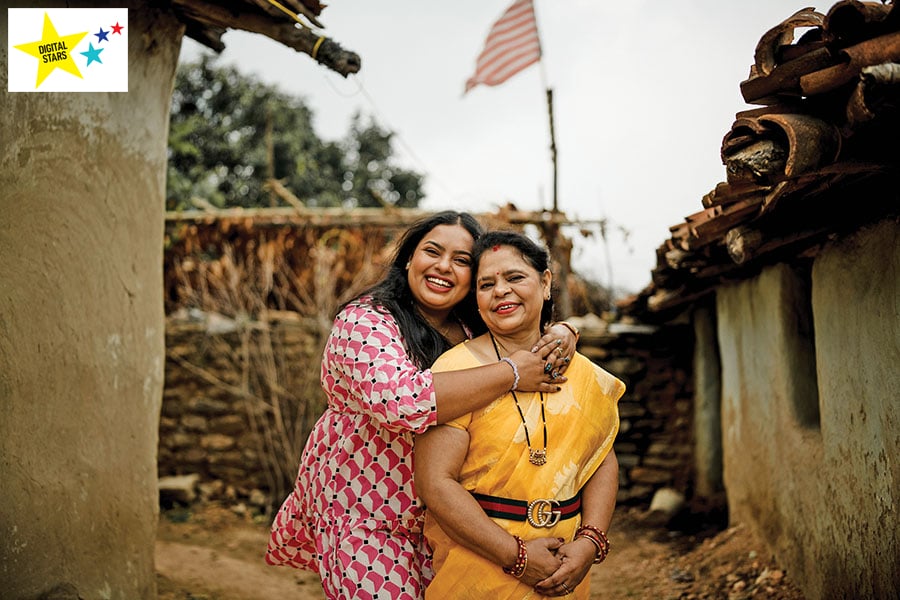 Chabi Gupta's mother, Anita Gupta, seen here with the Gucci belt she reprimanded Chabi for.
Chabi Gupta's mother, Anita Gupta, seen here with the Gucci belt she reprimanded Chabi for.
Chances are there’s at least one content creator who is popular in our family’s WhatsApp groups. They may either remind us of a relative who is always gossiping or of our mother who is always nagging. We resonate with them because they speak our language.
According to Statista, in 2020, more than 95 percent of video consumption on Meta, Instagram, YouTube was in Indian languages. A 2021 Google-KPMG report said that Hindi, Bengali and Marathi users make up 75 percent of Indians browsing the internet.
“In the past two years particularly, there’s been huge growth in people who’re expressing themselves in regional languages on the platform,” says Paras Sharma, director-content and community partnerships, Facebook India (Meta).
One big reason for this is the rise of short-form videos (SFVs). As per industry estimates, more than 200 million Indians watched SFVs at least once in 2020, with daily active users spending up to 45 minutes a day on Meta, Instagram and YouTube. By 2025, three in four internet users will consume SFVs, with some spending 55 to 60 minutes per day on them. For instance, reels (a form of SFV) has helped Instagram penetrate Tier II and III cities, where regional content creators are using the medium more than ever.
Regional creators are also expanding beyond their borders, and collaborating with creators from other geographies, says Sharma. “We also see growing interest from brands to engage with regional influencers as a way to connect with their consumers,” he adds. Influencer marketing agency, One Impression, works with more than 400 brands and 55 percent of these work with, or want to discover, regional stars, says Apaksh Gupta, its founder and CEO.




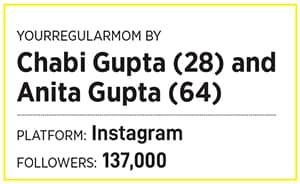 The video has garnered more than 4 million views to date, and its ‘likes’ include one from actor Priyanka Chopra. The video triggered a deluge of followers for the Instagram page YourRegularMom, created by Chabi in 2020.
The video has garnered more than 4 million views to date, and its ‘likes’ include one from actor Priyanka Chopra. The video triggered a deluge of followers for the Instagram page YourRegularMom, created by Chabi in 2020. 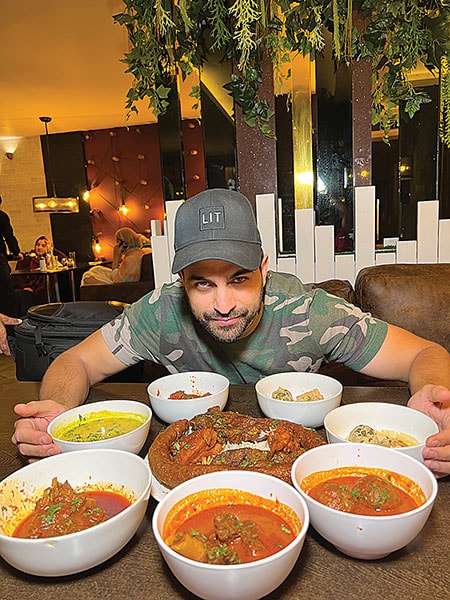
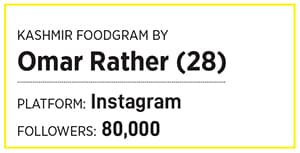 “On a trip to New Delhi, I met a food blogger who said there’s nothing beyond wazwan in Kashmiri cuisine,” recounts Rather. Wazwan is a multi-course meal that is an important part of Kashmiri culture. “Since that day, I haven’t looked back, and have covered every nook and corner of the state to try and show the variety we have here. From herbs and fruits and dry fruits to vegetables, everything is unique.”
“On a trip to New Delhi, I met a food blogger who said there’s nothing beyond wazwan in Kashmiri cuisine,” recounts Rather. Wazwan is a multi-course meal that is an important part of Kashmiri culture. “Since that day, I haven’t looked back, and have covered every nook and corner of the state to try and show the variety we have here. From herbs and fruits and dry fruits to vegetables, everything is unique.” 
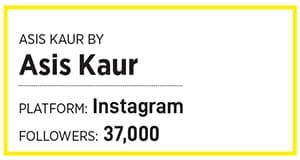 From interviewing farmer leader Rakesh Tikait to covering the release of activists Shiv Kumar and Nodeep Kaur, and from speaking to women camped in the biting cold to following them with a camera from one border to another, Kaur used Instagram as the medium to relay news round the clock. And, it was all in Punjabi.
From interviewing farmer leader Rakesh Tikait to covering the release of activists Shiv Kumar and Nodeep Kaur, and from speaking to women camped in the biting cold to following them with a camera from one border to another, Kaur used Instagram as the medium to relay news round the clock. And, it was all in Punjabi. 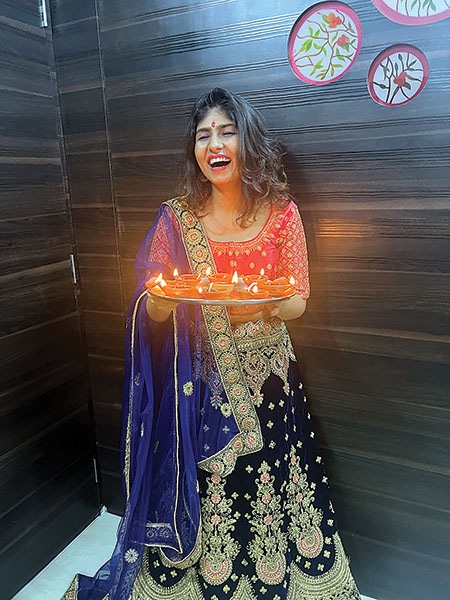
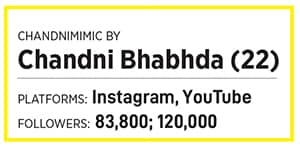 The video titled One Girl, Seven Voices in which she is seen mimicking actors Bhatt, Kangana Ranaut, Shraddha Kapoor, Disha Vakani and Pallavi Kulkarni has over 3.7 million views.
The video titled One Girl, Seven Voices in which she is seen mimicking actors Bhatt, Kangana Ranaut, Shraddha Kapoor, Disha Vakani and Pallavi Kulkarni has over 3.7 million views. 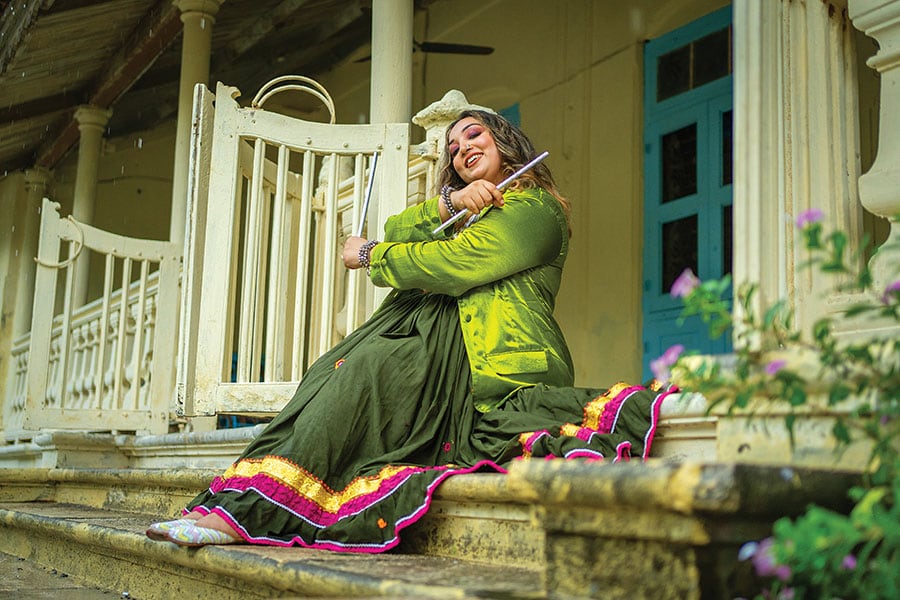
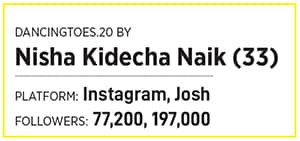 “I realised people didn’t have anything to look forward to in those bleak times. Covid-19 snatched away the most-awaited time of the year for Gujaratis,” says Naik. “My aim was to spread smiles through dance and make a connection with people who loved the arts.” When she started, there wasn’t much content for the diaspora, she says. “I’m a Gujarati kid, I knew content around it had to be a big part of what I do.” Subsequently, she started getting compliments from Gujaratis in the US and Canada.
“I realised people didn’t have anything to look forward to in those bleak times. Covid-19 snatched away the most-awaited time of the year for Gujaratis,” says Naik. “My aim was to spread smiles through dance and make a connection with people who loved the arts.” When she started, there wasn’t much content for the diaspora, she says. “I’m a Gujarati kid, I knew content around it had to be a big part of what I do.” Subsequently, she started getting compliments from Gujaratis in the US and Canada.



